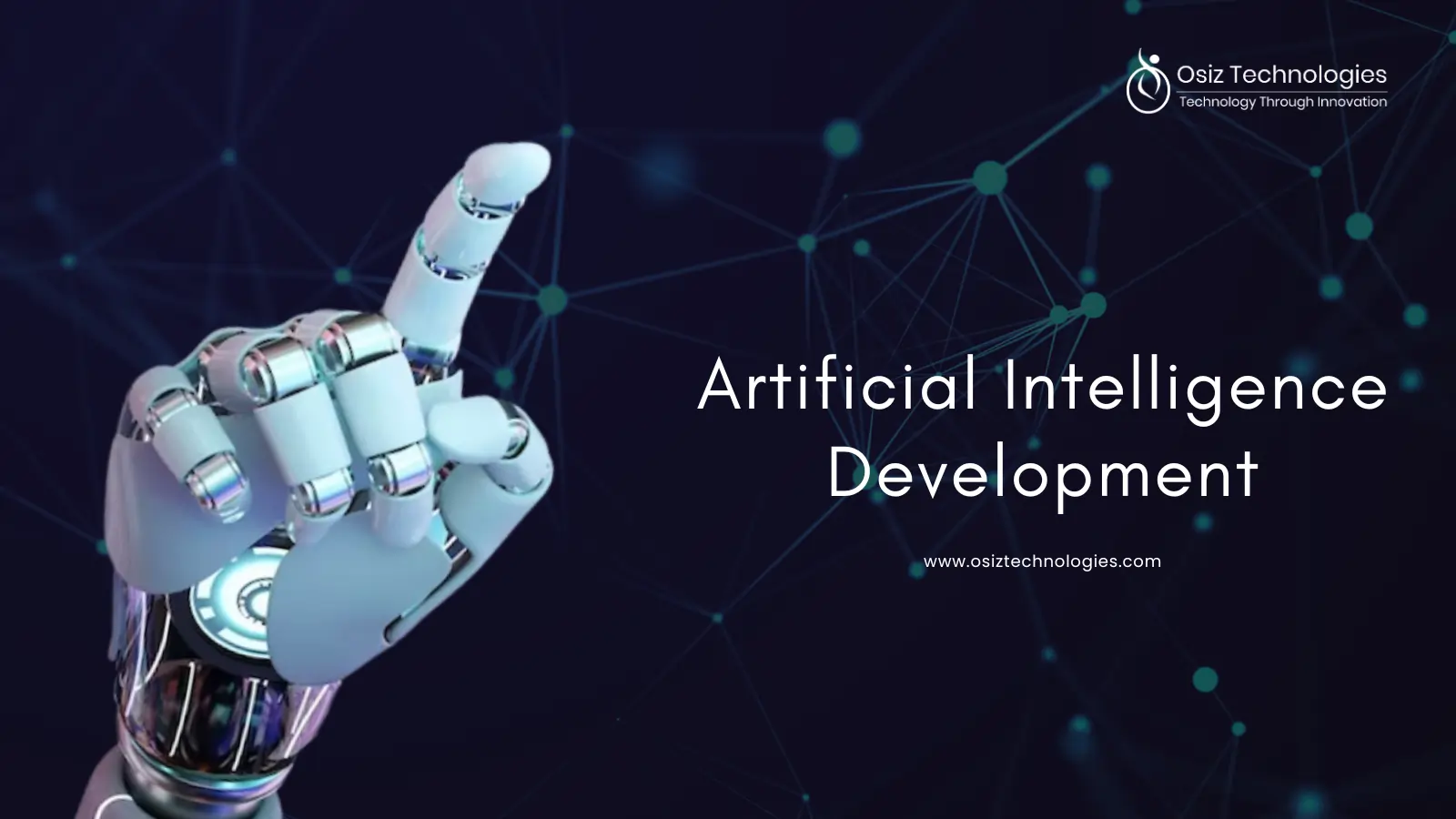Synthetic Data: A Brief Introduction
The technique of developing artificial datasets that replicate real-world or real consumer data is known as synthetic data generation. This method ensures that no private or sensitive information is revealed while generating tabular data points with statistical traits and patterns akin to the original data. Accurate synthetic data production is revolutionizing many fields, including data analysis, machine learning, and privacy-focused research. Because of its wide range of applications, it is an essential tool for businesses looking for creative solutions. Data-related problems prevent many firms from fully utilizing Generative AI technologies. Likewise, Osiz is a well-known Generative AI development company providing astonishing Gen AI services for synthetic data generation.
How Generative AI Helps Synthetic Data Create Better Models?
To create AI models that are incredibly effective, data must be accessible. However, laws about copyright, safety, privacy, and other issues restrict how data is used. Artificial intelligence-generated synthetic data solves this issue by minimizing the trade-off between privacy and utility.
- Conventional data collection techniques are expensive, time- and resource-consuming. By creating a dataset with synthetic data, businesses can drastically reduce the total cost of ownership for their AI projects.
- Production data is far less flexible than synthetic data. On-demand, it can be created and distributed. In addition, you can reduce large datasets, modify the data to match specific criteria, or produce richer copies of the original data.
The time to data is significantly reduced by synthetic data generation, enabling quicker model development and deployment schedules. Without having to start from the beginning when converting raw data, you can instantly acquire labeled and organized data.
Benefits of Synthetic Data Generation Using Generative AI
Improved Data Privacy: Synthetic data is similar to the real world, yet it does not contain sensitive information and hence ensures that data protection laws are followed.
Solving Data Scarcity: AI-generated synthetic data supports industries where the availability of data in the real world is limited by filling the gaps.
Accelerate Model Development: AI model training by on-demand data generation shortens the time-to-market for AI-powered products.
Better Data Diversity: AI generates a variety of datasets-rare events and typical ones which enhance the generalization power of a model and its robustness.
Cost-Effective Data Generation: Keeping in mind any costs involved in data labeling and collection, synthetic data generation saves an organization money and maximizes resources.
Risk-Free Simulation and Testing: Synthetic data diminishes the risks associated with using real data by providing safe test environments.
Synthetic Data Generation Process Using Generative AI
Step 1: Collecting the Sample Data
Data from samples is called synthetic data. Thus, gathering real-world data samples that may be used as a model for producing synthetic data is the first stage.
Step 2: Model Selection and Instruction
Choose the appropriate generative model depending on the type of data to be generated. The most common generative models in deep machine learning include transformer-based models such as large language models, diffusion models, GANs, and VAEs.
Step 3: Real-world Creation of Fake Data
The generative model can generate synthetic data by sampling from the learning distribution once it has been trained.
Step 4: Evaluation of Quality
Compare statistical metrics (such as mean, variance, and covariance) between the artificially generated data with the real data to determine how good the artificially generated data is.
Step 5: Iterative Deployment and Enhancement
Applications, processes, or systems for simulating, testing, or training machine learning models can all benefit from the integration of synthetic data.
Use Cases of Synthetic Data Generation Using Generative AI
Healthcare Research and Development: Without jeopardizing patient privacy, synthetic data makes it possible to create a variety of patient datasets to train AI models in the areas of disease prediction, medication discovery, and customized medicine.
Financial Fraud Detection: The interest of the banks and other financial organizations in the increase of training through synthetic data relies on the actual detection of real financial crimes.
Testing of Autonomous Vehicle: Synthetic data will be utilized to simulate a wide range of driving scenarios from very rare to hazardous ones, to improve safety and functionality within an autonomous vehicle system.
E-commerce and Retail Personalization: AI models of retailers are designed without the need for real consumer data. Synthetic customer data trains them to provide personalized recommendations and focused marketing efforts, by which the customer experience is improved.
Manufacturing Process Optimization: AI models can find equipment failures, cut down downtime, and thus optimize manufacturing processes through simulation of various production circumstances on synthetic data.
Cyber Threats Analysis: Artificial cyber-attack scenarios are produced by different cybersecurity firms to train AI models in how to detect these and produce a response against the threats. This ensures systems are safe from cyber threats, which evolve continuously.
Why Choose Osiz for Synthetic Data Generation Using Generative AI?
Osiz is considered the most prominent Generative AI development company providing top-notch generative AI solutions across various business industries. The promise of synthetic data creation allows businesses to leverage cutting-edge AI and ML methodologies for driving innovation and realizing more reliable and scalable AI solutions. That is where we come in handy. From deep learning, generative AI, data management, and analytics to strategy execution, Osiz possesses knowledge across all AI dimensions, which can help create use cases and scenarios where synthetic data is useful.
Listen To The Article
Recent Blogs

X-Mas 30%
Offer











